While some disc herniations don’t cause symptoms, individuals who are overweight with a herniated disc may experience obesity pressure symptoms such as pain, weakness, numbness,…
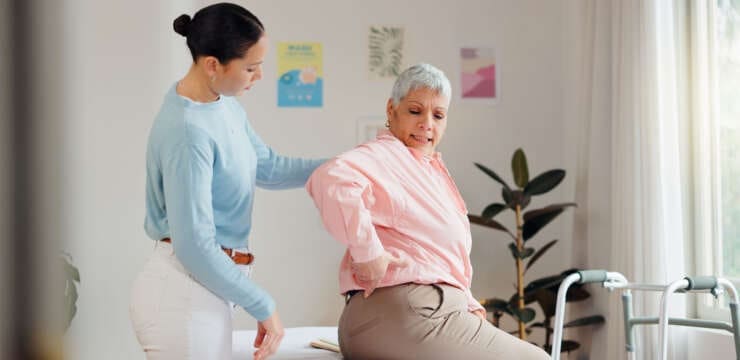
Herniated Disc: refers to a problem with one of the rubbery cushions (discs) between the individual bones (vertebrae) that stack up to make your spine.
A spinal disc, has a soft center encased within a tougher exterior. Sometimes called a slipped disc or a ruptured disc, a herniated disc occurs when some of the soft center pushes out through a tear in the tougher exterior.
A herniated disc can irritate the surrounding nerves which can cause pain, numbness or weakness in an arm or leg. On the other hand, many people experience no symptoms from a herniated disk. Most people who have a herniated disc will not need surgery to correct the problem. Herniated discs often result in inflammation. Dr. Jimenez and his health coach can work the patient to see them through their injured disk.
Symptoms
Most herniated disks occur in the lower back (lumbar spine), although they can also occur in the neck (cervical spine). Most common symptoms of a herniated disk:
Arm or leg pain: A herniated disk in the lower back, typically an individual will feel the most intense pain in the buttocks, thigh and calf. It may also involve part of the foot. If the herniated disc is in the neck, the pain will typically be most intense in the shoulder and arm. This pain may shoot into the arm or leg when coughing, sneezing or movin spine into certain positions.
Numbness or tingling: A herniated disk can feel like numbness or tingling in the body part served by the affected nerves.
Weakness: Muscles served by the affected nerves tend to weaken. This may cause stumbling or impair the ability to lift or hold items.
Someone can have a herniated disc without knowing. Herniated discs sometimes show up on spinal images of people who have no symptoms of a disc problem.

While some disc herniations don’t cause symptoms, individuals who are overweight with a herniated disc may experience obesity pressure symptoms such as pain, weakness, numbness,…
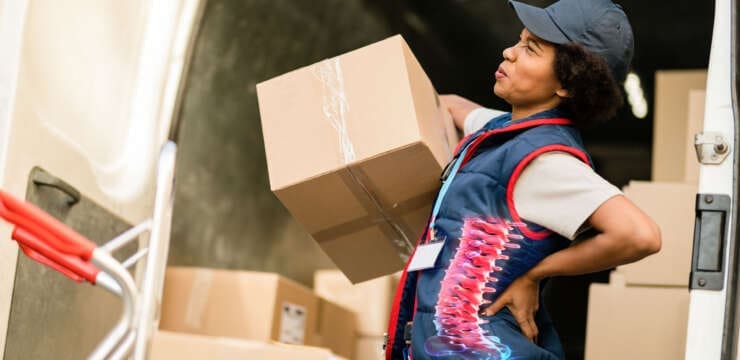
Lower back leg pain depends on specific symptoms and their duration. Can having a better idea of symptoms help individuals inform their medical providers to…

For individuals experiencing back pain from a herniated disc, can understanding the difference between surgery and chiropractic help individuals find the right treatment plan? Surgery…
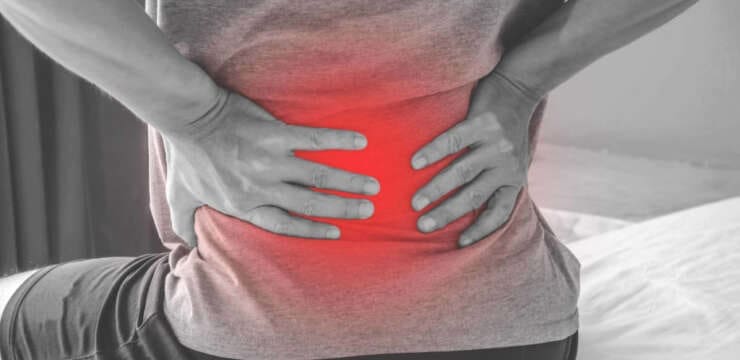
Can individuals with herniated pain associated with low back pain find relief through spinal decompression to restore mobility? Introduction Many people worldwide have experienced pain…
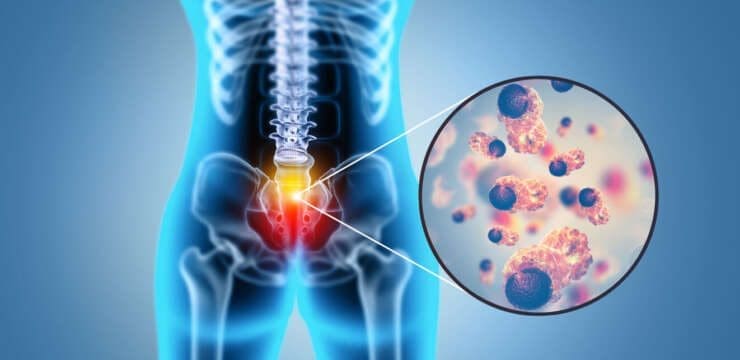
Can healthcare providers help many individuals with lumbar disc degeneration find relief through spinal decompression treatments? Introduction Many individuals often do everyday motions that can…
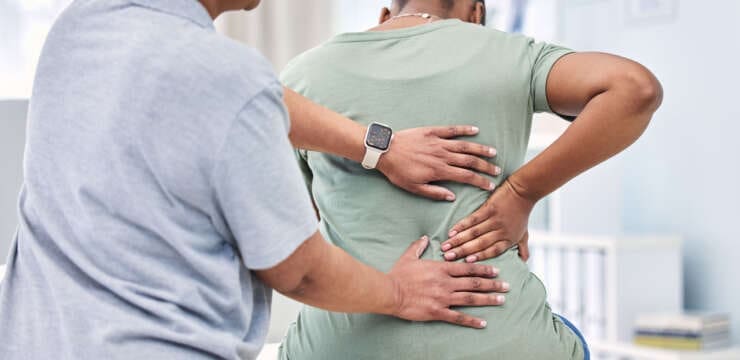
“Individuals dealing with back pain problems could be suffering from a bulging disc. Could knowing the difference between slipped and herniated disc symptoms help with…
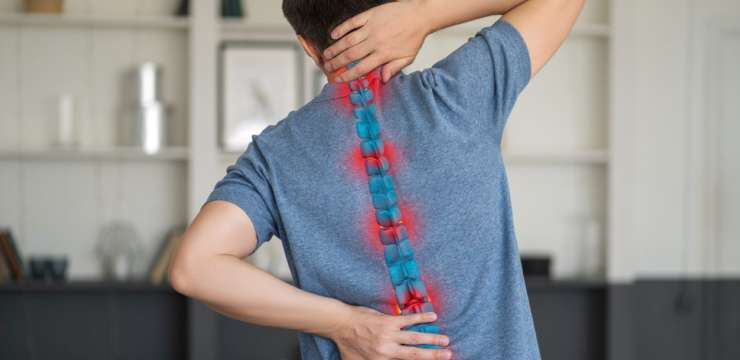
In individuals with herniated discs, how does non-surgical decompression compare to traditional surgery repair the spine? Introduction When many individuals begin to add unnecessary pressure…
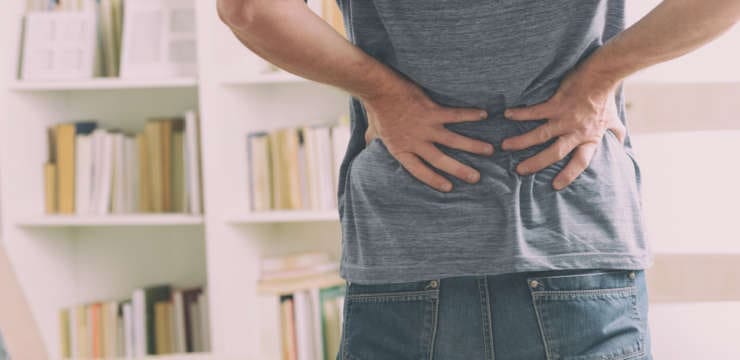
Can the effects of vertebral decompression relieve individuals with herniated discs and reduce intradiscal pressure on the spine? Introduction The spine’s main job is to…
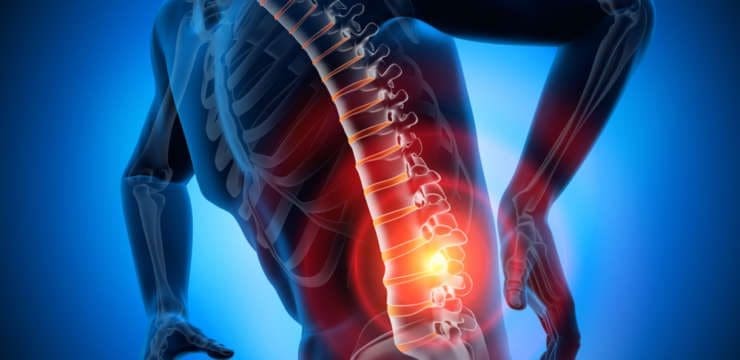
Can decompression relieve intervertebral disc stress from individuals dealing with lumbar issues, restoring spinal mobility? Introduction The spine’s intervertebral disc acts like a shock absorber…
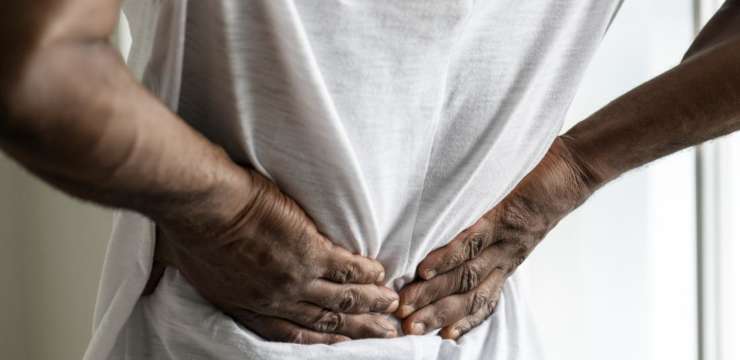
How does non-surgical spinal decompression compare with traditional surgery to improve sensory abnornalities for individuals with herniated discs? Introduction The spinal column provides flexibility and…
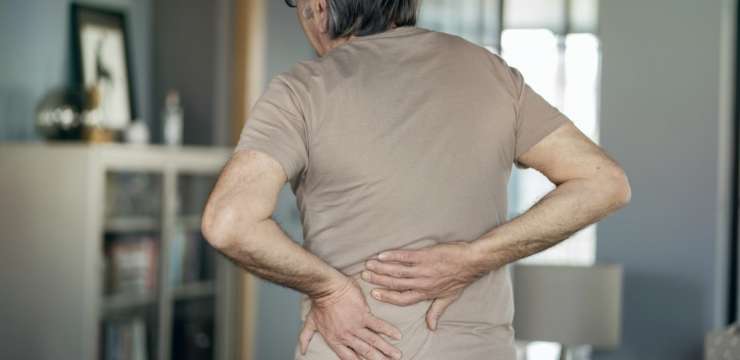
Introduction The spine consists of soft tissues, ligaments, the spinal cord, nerve roots, and cartilage, forming an S-shaped curve with three regions: cervical, thoracic, and lumbar. Its primary…
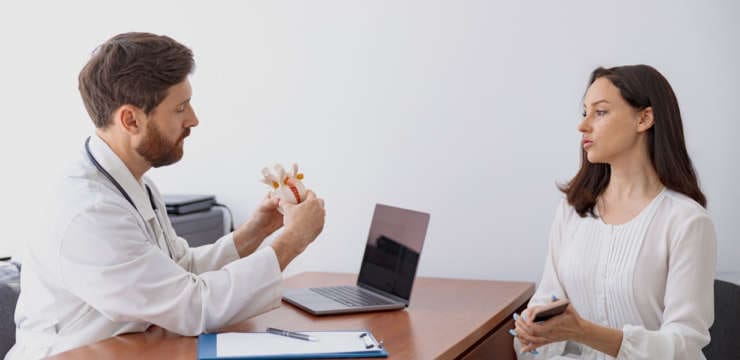
Herniated disc injuries and the time it takes to heal depend on the injury’s cause, the severity, and where it occurred along the spine. Symptoms…
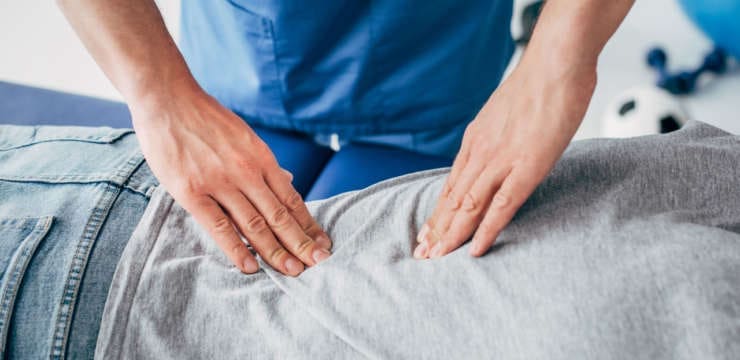
Spinal disc deterioration from aging is normal, but health issues or injuries can advance the degenerative process. Disc protrusions are related to herniated discs but…
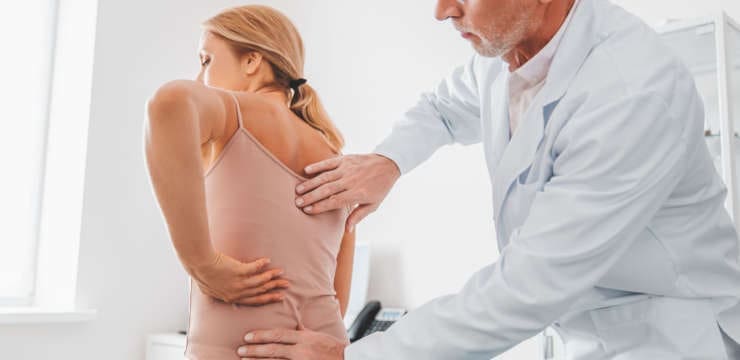
Herniated, slipped, or ruptured discs affect 80% or more of the population. Most individuals don’t even realize they suffered a vertebral subluxation, as it shifted…
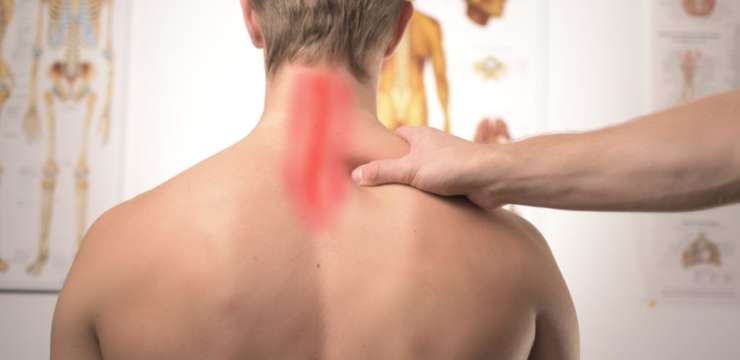
Introduction The body is a well-tuned machine that is on the move constantly. The different systems like the musculoskeletal system, the immune system, and the joint system, to…
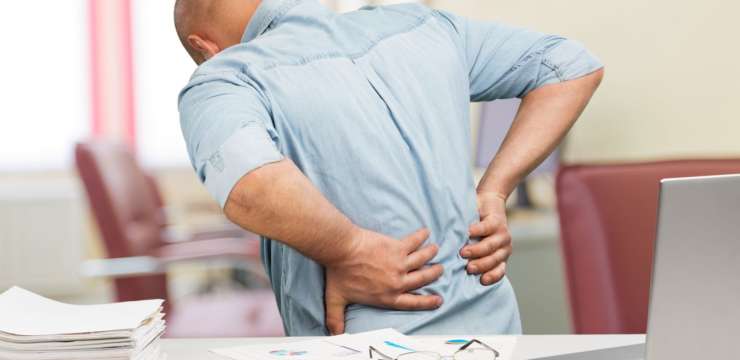
Introduction The spine provides many functions that the body requires when it is on the move. Without it, the body will not be able to stay upright…
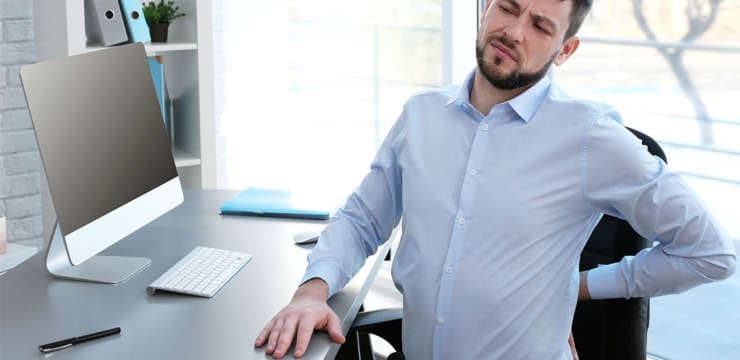
Introduction The spine is an S-shaped curve that runs down the back from the skull down to the pelvic bone. The vertebrae that make up the spine…